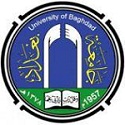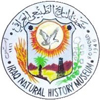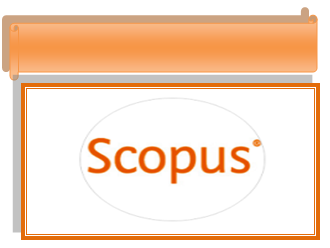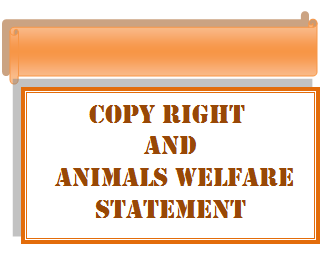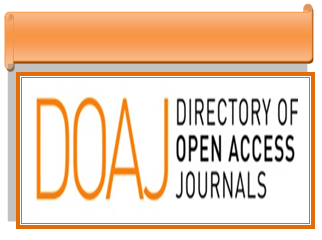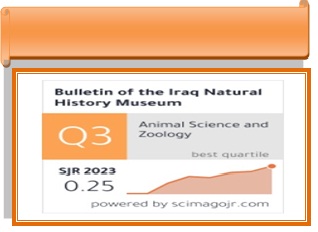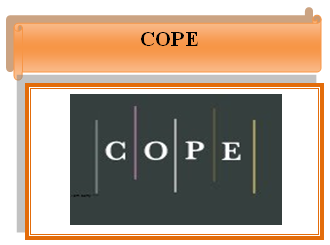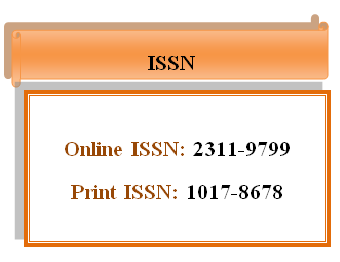THE IMPORTANCE OF GEODIVERSITY ON THE ANIMAL DIVERSITY IN HUWAIZA MARSH AND THE ADJACENT AREAS, SOUTHEASTERN IRAQ
DOI:
https://doi.org/10.26842/binhm.7.2017.14.3.0235Keywords:
Biodiversity, Geodiversity, Huwaiza marsh, Iraq, MesopotamiaAbstract
Geodiversity is the variety within abiotic natural elements that include: rocks, minerals, landforms, soil types, and water resources. Recently ecologists and naturalists recognized that there is close relationship between geodiversity and ecosystems. Huwaiza marsh is located south eastern Iraq within Lower Mesopotamian plain. The main rock bed units which crop out north east of the studied area comprises many types of rocks: conglomerate, sandstone, mudstone, siltstone and claystone belong to Bai Hassan, Mukdadiya and Injana Formations. The general elevation of the area ranges around 5 meters (a. s. l.) near the marsh and increase northeast to more than 100 meters (a. s. l.) and the Land forms are: cuesta, oxbow lakes, flood plain, water lake, shallow marshes, mud flats, and sand dunes. Soil (sediments) usually derived from north east rock bed units and from rivers, which are composed of gravel, sand, silt and silty clay. Huwaiza Marsh is provided by water resources from Musharah and Kahlaa distributaries in addition to Al- Teeb and Duwaireeg rivers which enter Al- Sanaf seasonal marsh, then after to Huwaiza Marsh. The later has 1377 km2 during rainy season and 650 km2 during dry season. Geodiversity created diverse ecosystems such as: desert (including sand dune), salt flat (sabkha), mud flats and aqueous ecosystem that provided good flora and fauna diversity of which wide range of plant and animal species use the area. Such geodiversity formed the foundation in creation three main terrestrial ecoregions in this area of Iraq. Huwaiza marsh and adjacent area can be used for scientific researches, education, traditional agricultural, ecotourism and for other sustainable developments. Vertebrate biodiversity comprises 27 mammals, 81 birds, 6 reptiles, 3 amphibians, and 9 freshwater fishes. The characteristic vertebrates of each habitat of Huwaiza marsh were indicated. Of interest among them is the presence of African Darter Anhinga rufa in Deep-water marsh habitat; Basra Reed Warbler Acrocephalus griseldis, Goliath heron Ardea goliath, and smooth coated otter Lutrogale perspicillata maxwelli in shallow water marsh habitat.


